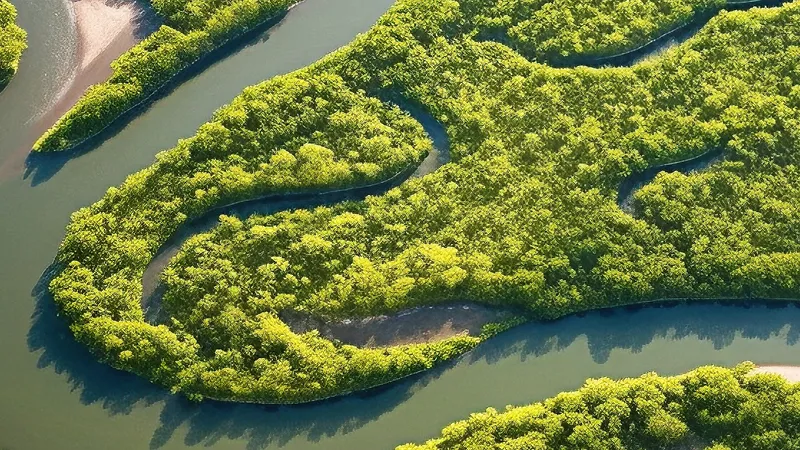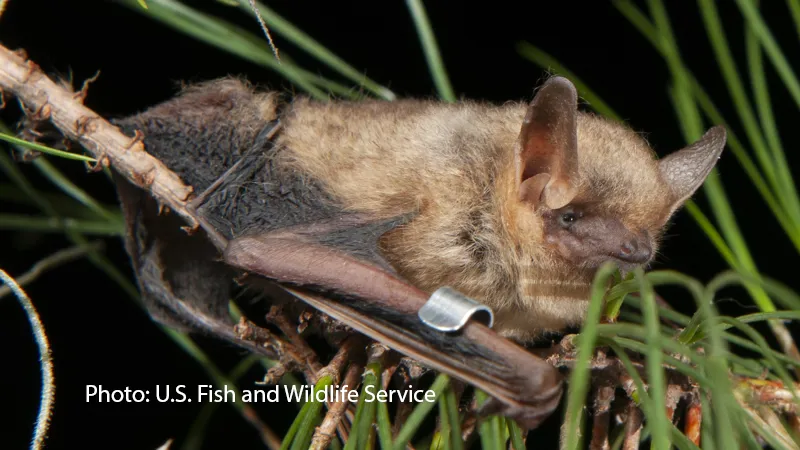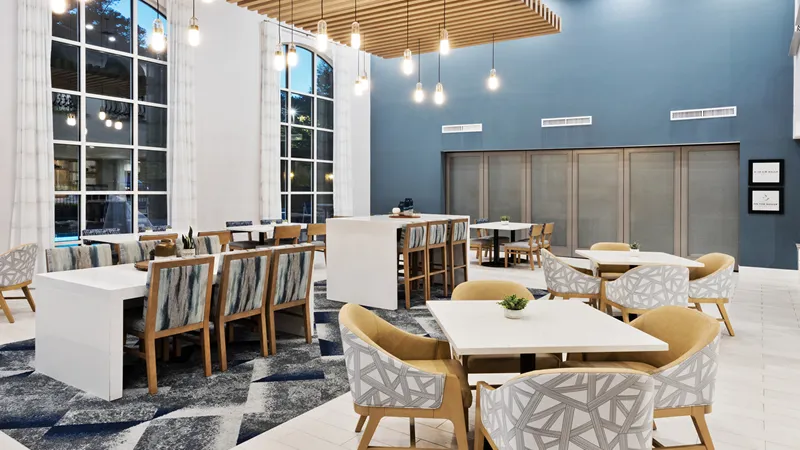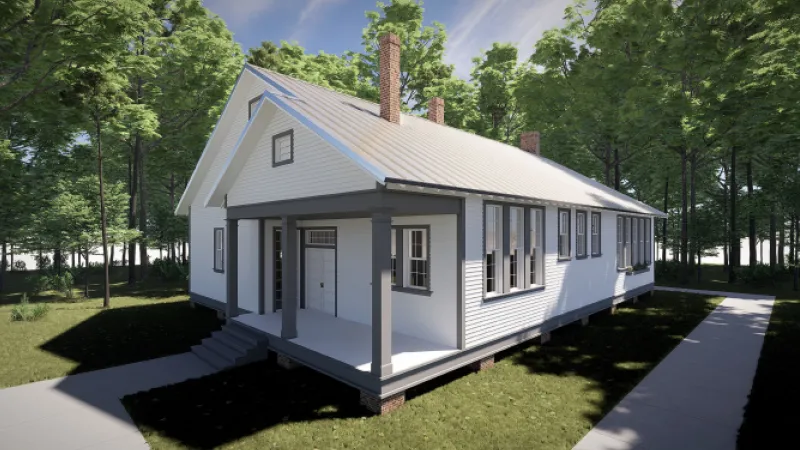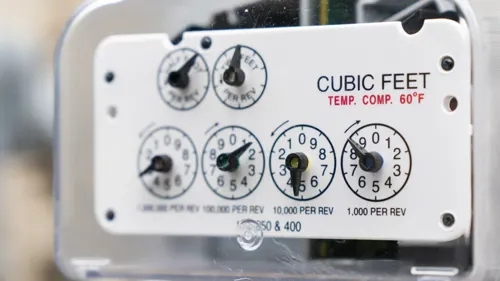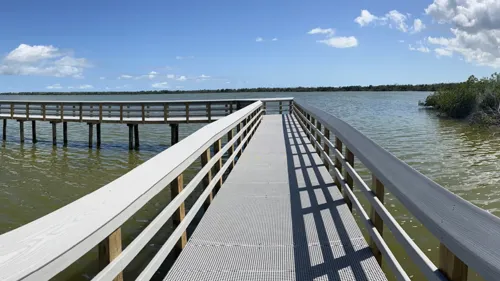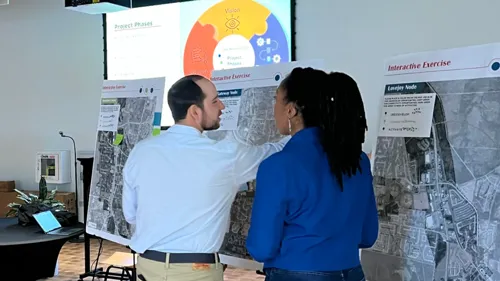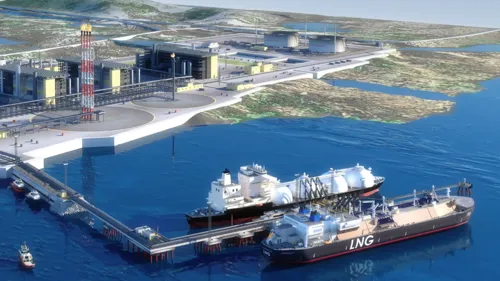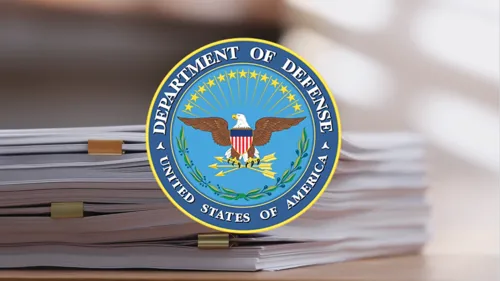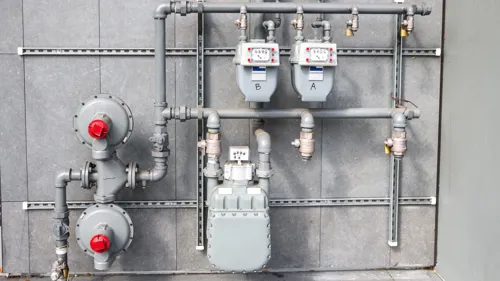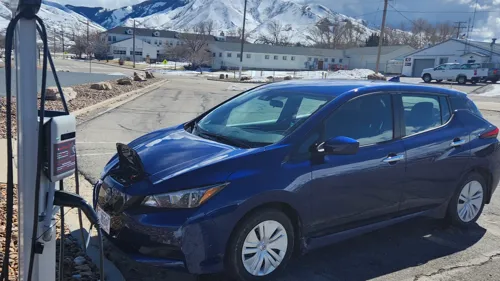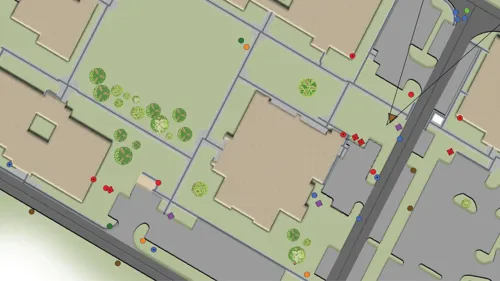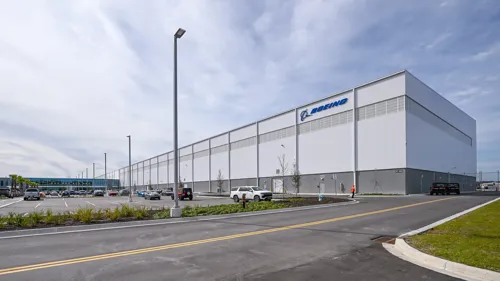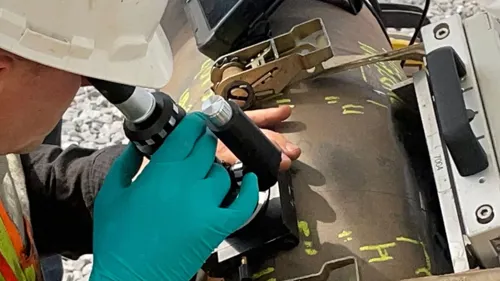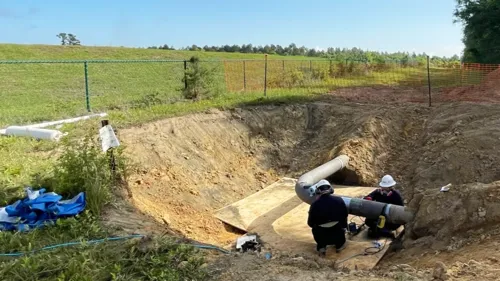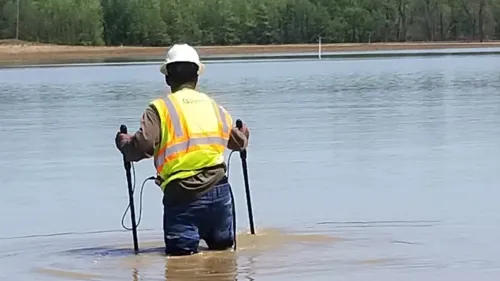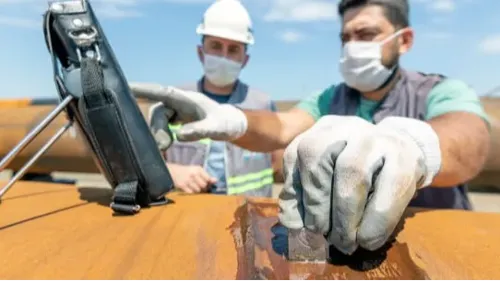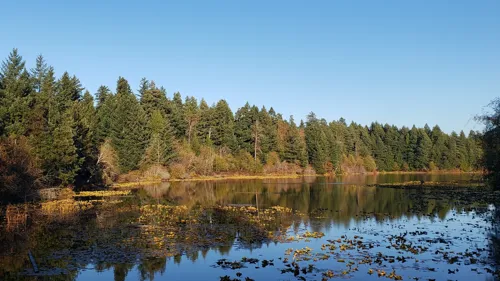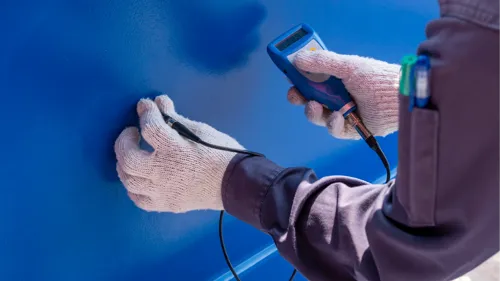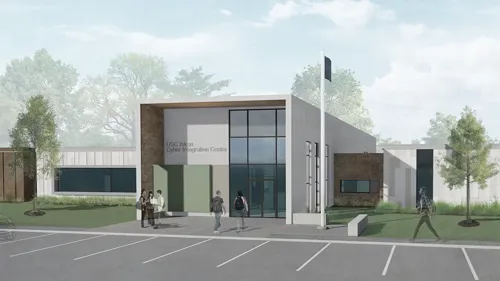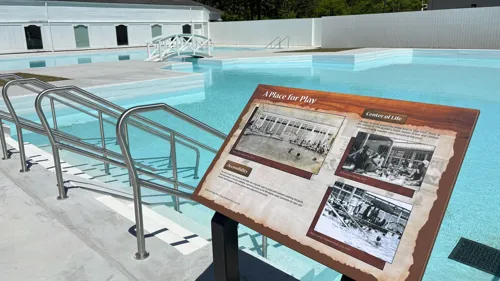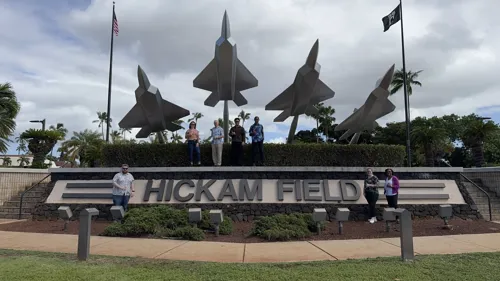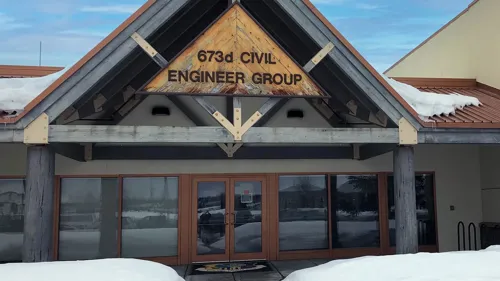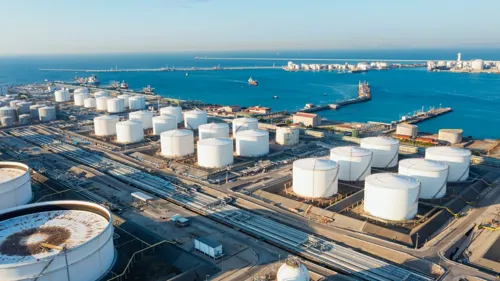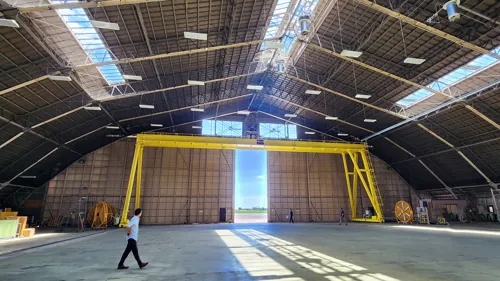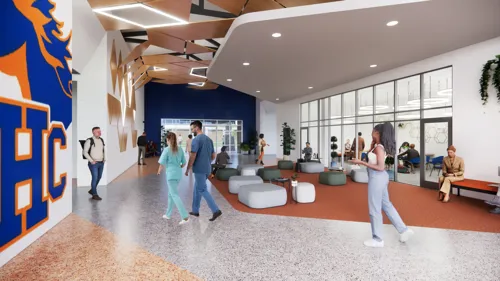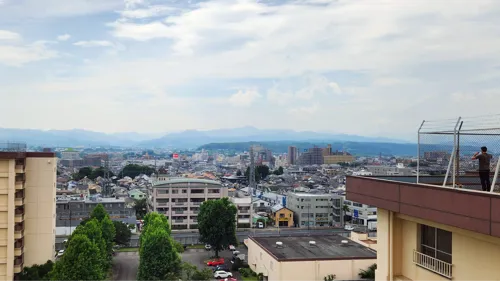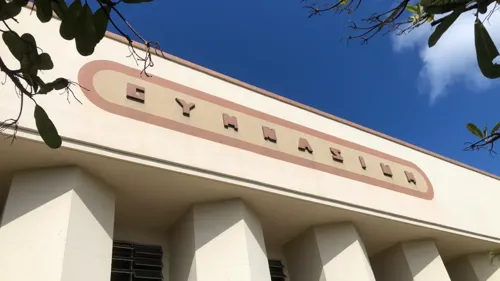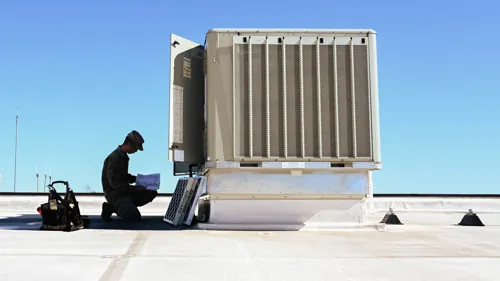Remote but Ready: Planning at the Pacific’s Most Isolated Bases

Introduction
Delivering efficient military facility improvements across the Indo-Pacific requires precision, speed, and local awareness. Through the Pacific Air Forces (PACAF) Facility Sustainment, Restoration, and Modernization (FSRM) Execution Initiative, Pond is driving results across some of the U.S. Air Force’s most logistically and environmentally challenging installations.
Andersen Air Force Base – Guam
At the forefront of the U.S. military’s posture in the Indo-Pacific, Andersen AFB is a vital launch point for rotational forces and multilateral exercises. The base is growing fast, and its infrastructure is racing to keep up. Almost all buildings and utilities on base, including dormitories, airfield support structures, and fueling systems, require upgrades.
But Guam isn’t an easy place to build. Designers and engineers must navigate corrosive salt air, frequent typhoons that test structural integrity, and limited access to local labor and materials. Many of the existing facilities were built before today’s safety and energy codes, adding complexity to any repair or upgrade.
To help address these challenges, Pond has been supporting Andersen under the PACAF FSRM contract with a rapid-delivery approach. Working closely with the 36th Civil Engineer Squadron (36 CES), the team developed full DD1391 packages and Title I designs for multiple dormitory renovations, refueling infrastructure, and other key infrastructure systems. From initial planning to final submission, most projects were completed in under 12 weeks. This accelerated pace enabled real movement on MILCON priorities and helped clear out a backlog of projects tied to INDOPACOM readiness.
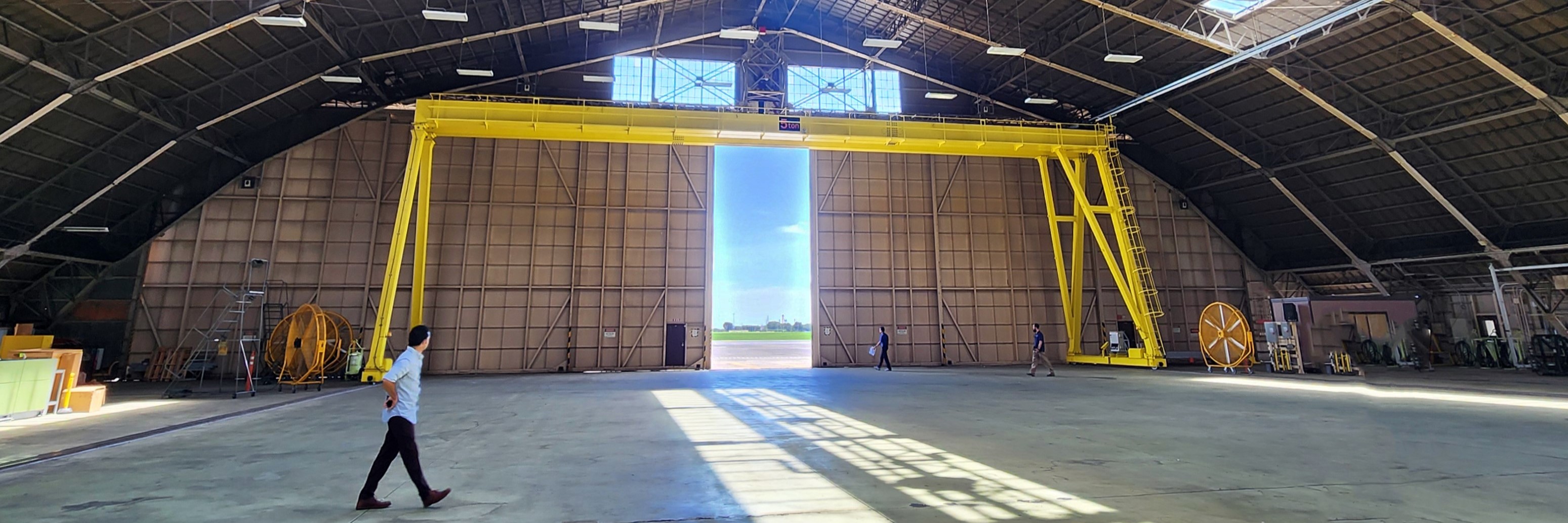
Yokota and Misawa Air Bases – Japan
Japan sits along one of the world’s most active seismic zones, and its military installations must be prepared for frequent and potentially severe earthquakes. Many critical facilities at Yokota and Misawa Air Bases were built before modern seismic codes were in place. As a result, structural upgrades are essential to ensure occupant safety and mission continuity.
Beyond seismic risks, these bases also face the typical challenges of aging infrastructure: deteriorating envelopes, inefficient systems, and functional layouts that no longer support current needs. Construction must be phased with precision to avoid disrupting operations.
Working with 374 CES at Yokota and 35 CES at Misawa, Pond helped identify and prioritize facilities in need of critical structural and systems upgrades. At Misawa, this included HVAC and envelope improvements based on life-cycle cost modeling to reduce energy use. Across both bases, the team delivered planning and design documentation on a condensed schedule—compressing typical six- to nine-month design cycles to just 10 weeks—allowing modernization to move forward without impacting daily operations.
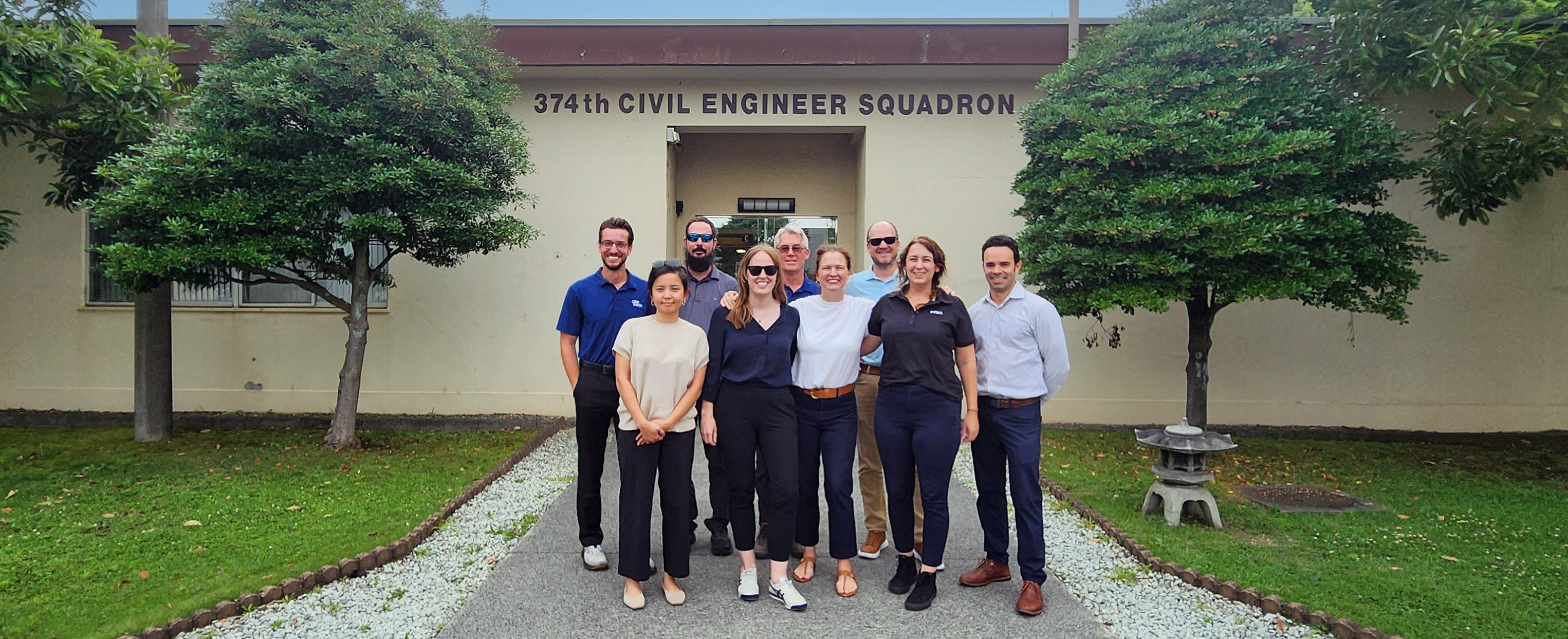
Joint Base Elmendorf-Richardson & Eielson AFB – Alaska
In Alaska, every building must withstand snow, ice, and brutal cold. At JBER and Eielson, critical infrastructure includes airfield support buildings, heating systems, and fire protection systems, all of which must be resilient to arctic conditions.
Designing here means planning for frozen ground, permafrost heave, and short construction seasons. Utility failures can’t be quickly fixed, and they’re often remote or require flown-in parts or specialized labor. Delays could jeopardize both infrastructure and operational continuity.
To meet these challenges, Pond worked alongside 673 CES at JBER and 354 CES at Eielson AFB to provide Title I design services and DD1391 programming for facility upgrades. This included thermal modeling and envelope design for buildings exposed to extreme weather, along with planning for energy plant upgrades that could reduce long-term operational costs. The work emphasized phasing strategies that allow construction during limited summer months, all while meeting UFC and energy code requirements.
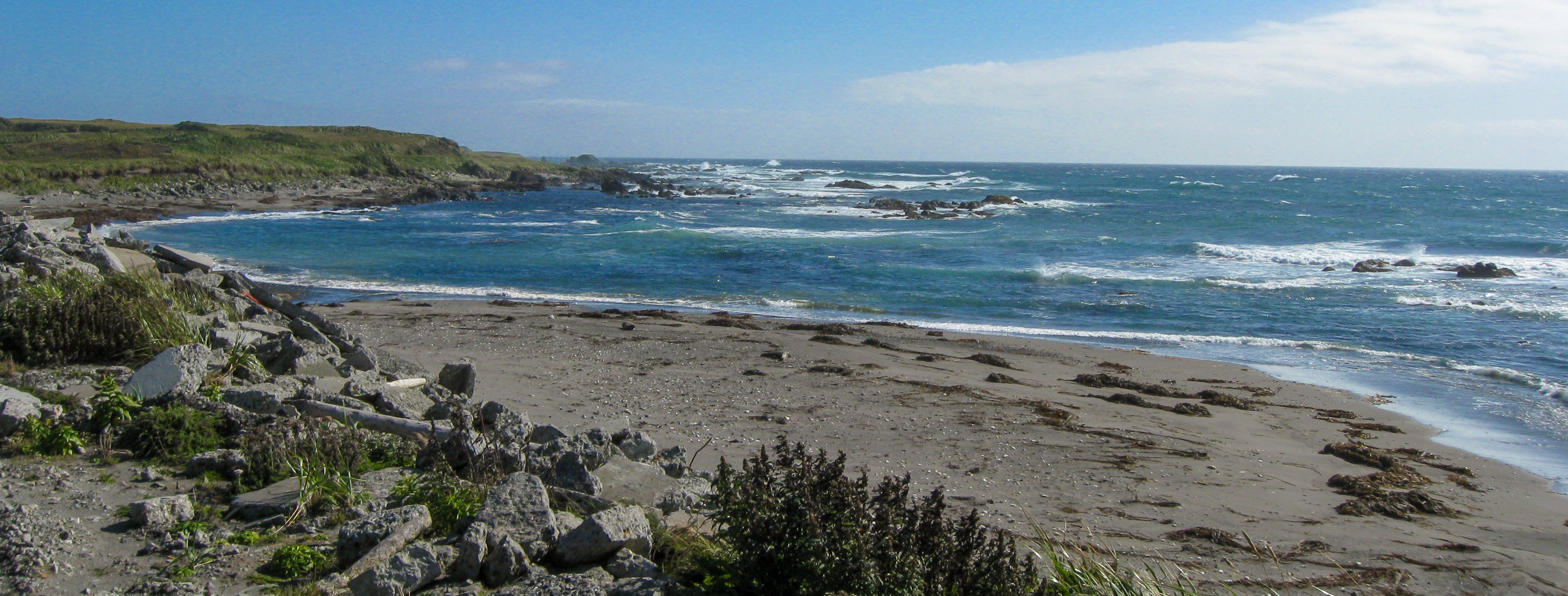
Joint Base Pearl Harbor-Hickam – Hawaii
Serving as the central point for Pacific air operations, JBPHH is a critical location for maintaining U.S. air superiority across the region. Its infrastructure, however, faces chronic wear from Hawaii’s salty air, heavy rains, and aging utility systems.
Pond has supported 15 CES with programming and design documentation to modernize essential facilities—everything from hangar fire protection systems to airfield pavements. Working under complex environmental regulations and with respect for culturally sensitive areas, the team developed plans that both upgraded core infrastructure and minimized impacts to ongoing operations.
The key to success has been Pond’s ability to plan around active flight lines, using strategic phasing to minimize downtime. In several cases, the team implemented a design-build-validate approach, allowing projects to move more quickly from backlog to funded execution. These efforts directly supported PACAF’s goal of increasing readiness across Hawaii’s airpower platforms.
Final Thoughts
In Guam, Japan, Alaska, Hawaii, and beyond, Pond is enabling PACAF to sustain readiness through a responsive, regionally informed FSRM delivery model. The combination of on-site charrettes, rapid design cycles, and nimble project teams across multiple time zones is allowing civil engineers to move more projects forward.
The ability to deliver facilities that are not just functional but strategically postured is critical. Pond’s work under the PACAF FSRM contract reflects a model that can scale across installations facing similar constraints.
With more than 160 projects completed throughout the Pacific theater, the PACAF FSRM Execution Initiative represents a growing emphasis on agile, mission-focused infrastructure solutions. Learn more about Pond’s mission-critical federal work.
